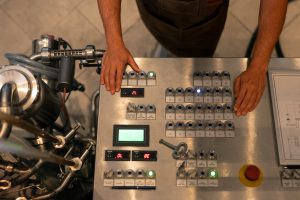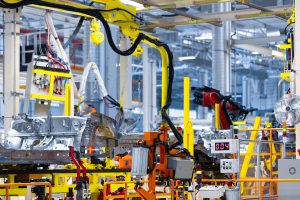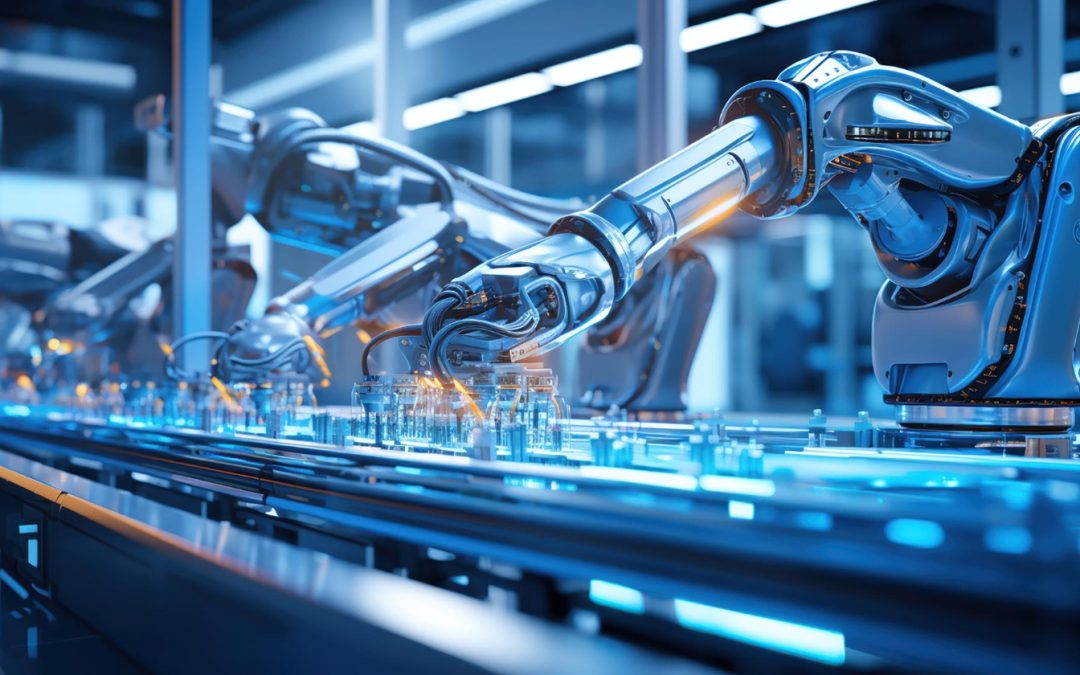Technological innovation in the form of industrial automation has had a positive impact on most sectors by increasing production rates, productivity and dependability of processes.
Be it a production line in a factory, scanning machines in a laboratory, or robots playing a role in surgery, the types of tools used in industrial automation are means of increased efficiency and better results. Therefore, in this blog, I will share the various types of tools used in industrial automation, their uses and the advantages they provide.
Introduction to Industrial Automation
Industrial automation refers to the use of technologies to control related processes together with use of some systems, which may consist of computers and even robots besides other ICTs in an industry. This minimizes the involvement of manpower, brings about effectiveness, and also the accuracy will be improved. Let us analyze some of the important instruments of industrial automation in the following.
Types of Industrial Automation Tools
Let’s checkout the different types of industrial automation tools:
1. Supervisory Control and Data Acquisition (SCADA)
SCADA systems are important for being capable of trusting in the control and supervision of industrial processes. These industrial automation tools are fixed with sensors and other devices that gather data from the physical environment and present this data to operatives in real-time.
To provide an overview of some of the areas where SCADA systems can be applied, then some examples are the water treatment, electricity distribution, and oil refining processes.
Key Benefits:
Collection of data and supervision of data obtained in real-time
Executive decision making and process management
New system efficiency and dependability
2. Programmable Logic Controller (PLC)
PLCs can be described as customized computers, these tools in industrial automation are used to make decisions on the actions of industrial processes or installations. They are very flexible and allow you to transform one type of input into any type of output. PLCs are very rugged devices, and therefore they can accommodate tough conditions that may prevail in manufacturing industries.
Key Benefits:
Flexibility in programming for different tasks
High reliability and durability
Some of the integration capabilities that are crucial to other control systems include the following;

3. Human Machine Interface (HMI)
HMIs are kind of display software that allow workers or operators to interact with machineries. It shows machine data in comprehensive means to the operators to manage current equipment and monitor its performance.
Key Benefits:
Actually, it helps in simplification of communication with immense and complicated devices.
Improves operational efficiency
This means that the GTI enhances safety by giving clear signals of the state of the machines.
4. Artificial Neural Network (ANN)
The ANN is a computer model that uses neurons interconnects as the human brain does to perform operations and make a decision. They used for the activities such as pattern check, data analyze, and prediction of machine failure in industries.
Key Benefits:
The applicant also acknowledged that the selected system was capable of handling complex data analysis.
On this front, adaptive learning was found to enhance precision so that it improves, but it is not a new concept in this respect.
It will be appropriate for the applications that require reliable information for prediction of equipment failures and determining the quality of the products.
5. Distributed Control System (DCS)
DCS is characterized by a number of control elements that are connected in a manner to cover the entire system. It is especially used to regulate and oversee such huge processes such as power generation, chemical production, water and sewage treatment, etc.
Key Benefits:
Such a method of control makes the system very reliable and this is why we call it decentralized control.
Digital and online architecture of large-scale, interconnected and complex functions
Better control and optimization of various business processes

6. Robotics
Robots are essential components of industrial processes, especially because they can perform mundane, risky, and precise activities. These industrial automation tools increase efficiency and safety in production lines and can analyze the quality and content of raw materials.
Key Benefits:
Accuracy and quality of task performance
The capacity to do the job in difficult conditions, including potentially fatal ones.
In these projects, there has been improvements in productivity and efficiency of operations.
Conclusion
Among the most widely used tools in industrial automation are SCADA, PLCs, HMIs, ANNs, DCSs, and robotics. Some of these industrial automation tools include the reduction of lead times, quality of the products produced, and total organizational efficiency.
Over time, the use of these automation technologies will not only increase in usage and ability but also as a driver towards development across business sectors. The above tools are crucial in helping businesses maintain market relevance and improved operations.
